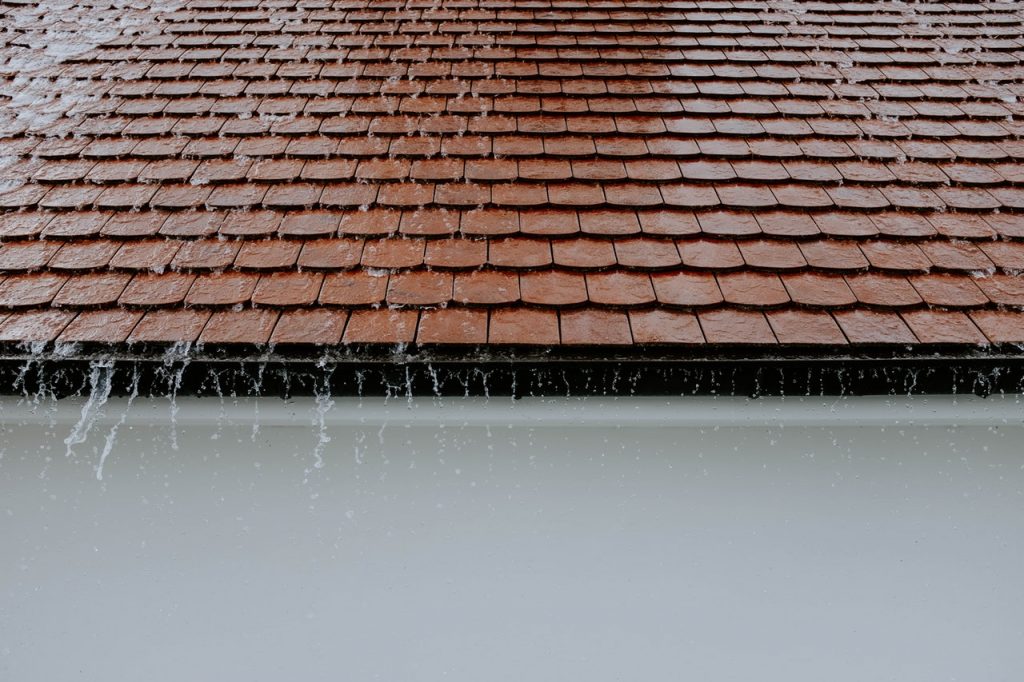Will Roof Leak With One Shingle Missing
Posted by Proven Contracting NJ Comments Off on Will Roof Leak With One Shingle Missing Hackettstown
Will Roof Leak With One Shingle Missing
If a storm just blew through your town in the past few days, you’ll notice that you will have some missing shingles. Unless your roof has one of the sturdiest mounting and flashing system in the market, you’re bound to have some missing shingles after a windy and stormy night.

Water damages are one of the most prevalent damages that you can find on roofs. In most cases, the most common entryway for roof leaks is from missing shingles. Homeowners will usually have constant anxiety when they have a missing shingle on their roof since a leak can be a gateway towards even more problems. Replacing a missing shingle and sealing a roof leak can help secure your roof from any future problems.
But before we get into how we can replace a missing shingle, we have to first discuss the steps on how to seal a leak. After all, we want to prevent as much water damage as possible.
Sealing A Leak And Replacing Your Shingle
There are different ways of sealing your roof leak. In this case, we are sealing a leaking roof that is caused by one of the most common roofing materials in the market; asphalt shingles.
Check for water damage which is above watermarks
If you don’t know where the leak is yet, it’s best to start out by looking for it. Naturally, it’s easy to trace water damage since you just have to look for the trail of droplets of water. If your home has an attic, it’s best to check for water stains or the formation of molds. Rotting on your wooden beams is also quite visible in areas with leaks.
Once you have noted the area inside your roof, you have the check the out-ward facing side next. If your roof has a steep pitch, it’s best to also check the higher areas of the roof since water tends to slide downwards due to gravity.
Inspect your roof for tearing
Strong winds can easily rip apart certain roofing materials. As such, it’s recommended that most roofing specialists look for warping, tearing, and curling on their shingles which can also be caused by strong winds and constant exposure to flowing water.
If you do find extensive formations of molds, mildews, and mosses on your roof, then it is highly recommended that you find a licensed professional roofer that can provide the necessary services in removing these growths.
Straighten out your warped shingles
Age is another factor that can damage shingles. Asphalt shingles and other roofing materials begin to curl when they’re almost at the end of their lifespan. With a caulking gun, apply roof sealant under the corners that have been curled. Then, press the shingles down before using a trowel to coat the shingle’s edges with roof cement.
It’s highly recommended that shingles are repaired during warmer-than-usual weather since they are more pliable. Working on colder weather means that the shingles are more brittle and might break when being worked on. If ever you are working with brittle shingles, you can always a heat torch with just enough heat as a blow drier to warm up your shingles since too much exposure can damage your shingles.
Seal The Cracks And Holes With Roof Sealants
If you don’t have any missing shingles but you do see some leaks on your roof originating form damaged shingles, then you can seal those cracks and holes. Apply a thick amount of sealant using your caulking tool before pressing the shingle down. Right after, apply another helping of your roofing sealant. Next, get a putty knife and spread the sealant across the edges of the shingle.
Replace Broken Or Missing Shingles
If ever there are missing shingles, you can head to your local builder’s depot and get the appropriate shingle that you can replace your shingle with. Remove the broken shingle by carefully lifting it with a prying bar. Then, use the hammer’s opposite end to remove the nails that fasten the shingle in place. Next, remove the shingle and scrape out the remaining roofing cement that’s under the shingles. Finally, you can now apply the new shingle over the area.
Will My Roof Leak?
The answer to this question is that it will really depend on the roofing Hackettstown NJ. If you’re using 3-tab shingles and one of the tabs gets blown away, then there’s a moderate chance that water will seep towards the gaps and cracks. Homeowners have to also take into account that there will be a 33% chance that it will be above an open seam. The shingle on the top-most part of 3-tab shingles is one of the most important parts of the material since it can shed water. If it is blown away, then over time, the underlay will be exposed to leaks.
Do you have any questions?
You can give us a ring or reach us via our contact form by clicking here.
Contact Us


